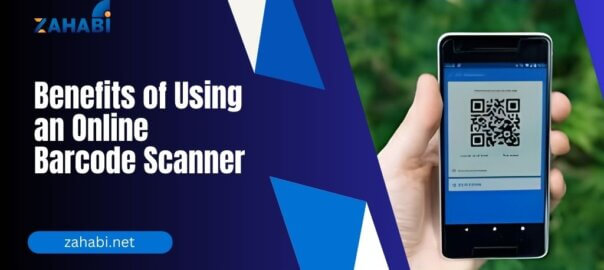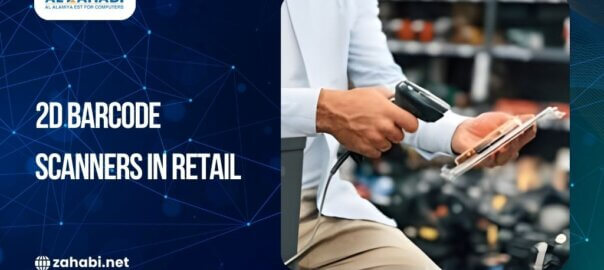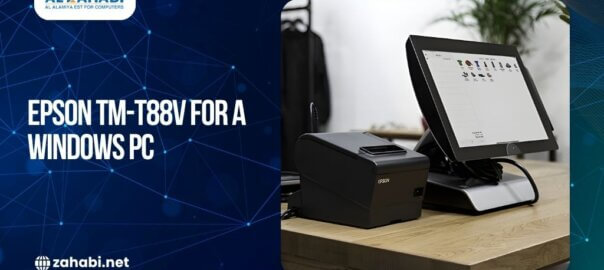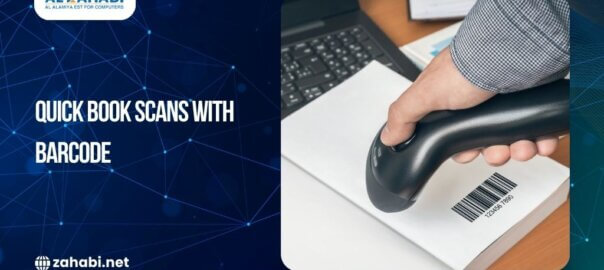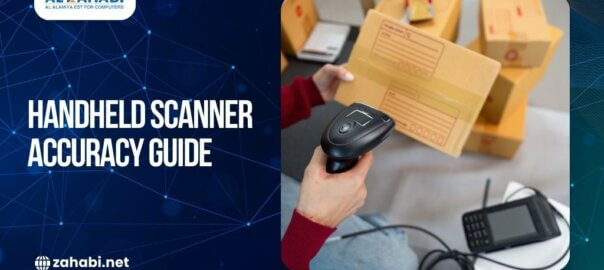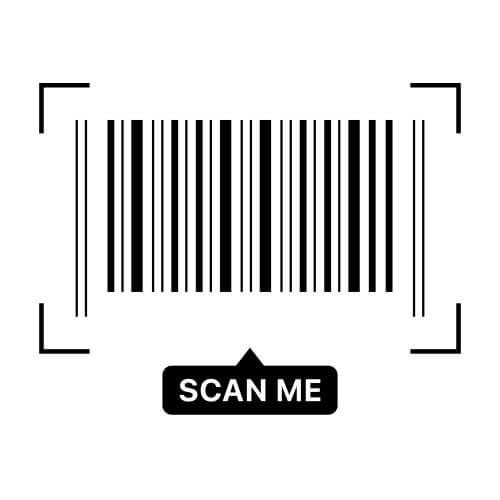
Barcodes are an integral part of modern commerce, enabling quick and efficient data capture in a variety of applications. While traditional 1D barcodes have been widely used for decades, 2D barcodes have emerged as a game-changer in many industries. But what exactly is a 2D barcode, and how does it work? This blog will take a closer look at 2D barcodes, their features, and their applications.
What is a 2D Barcode?
A 2D barcode is a graphical representation of data that uses two-dimensional patterns to encode information. Unlike 1D barcodes, which store data in linear patterns of varying widths, 2D barcodes use both horizontal and vertical dimensions to store information. This allows them to hold much more data in a compact space.
Popular types of 2D barcodes include:
- QR Code (Quick Response Code): Widely used in marketing, payments, and logistics.
- Data Matrix: Commonly used in healthcare and manufacturing for small items.
- PDF417: Ideal for storing large amounts of data, such as on identification cards.
- Aztec Code: Often used in transportation, such as digital tickets.
How Do 2D Barcodes Work?
2D barcodes encode data in a pattern of squares, dots, or other geometric shapes. These patterns are scanned and decoded by 2D barcode scanners or mobile devices equipped with a camera and decoding software. The process involves:
- Scanning the Barcode: A scanner captures the barcode image.
- Decoding the Data: The scanner’s software deciphers the encoded information.
- Transmitting the Data: The decoded information is sent to a connected system for further use.
Key Features of 2D Barcodes
- High Data Capacity: 2D barcodes can store thousands of characters, including alphanumeric data, binary data, and special characters.
- Compact Size: Due to their efficient encoding method, 2D barcodes can store more information in a smaller space.
- Error Correction: Most 2D barcodes feature error correction capabilities, allowing them to be scanned even when partially damaged.
- Versatility: They can encode URLs, text, images, and even multimedia files.
- Multi-Directional Scanning: 2D barcodes can be scanned from any angle, making them faster and more convenient to use.
Applications of 2D Barcodes
2D barcodes have revolutionized various industries with their advanced features and flexibility. Here are some common applications:
- Retail: Used for inventory management, product tracking, and enabling mobile payments through QR codes.
- Healthcare: Encode patient information, track medical supplies, and ensure medication safety.
- Logistics and Supply Chain: Streamline package tracking, warehouse management, and shipment verification.
- Marketing and Advertising: QR codes connect consumers to websites, promotions, and digital content.
- Travel and Transportation: Aztec codes are used for e-tickets, boarding passes, and mobile check-ins.
- Government and Identification: Store data on driver’s licenses, passports, and other identity documents.
- Advantages of Using 2D Barcodes Efficiency: Speeds up data collection and processing.
- Cost-Effective: Reduces the need for bulky labels and extensive manual entry.
- Security: Supports encryption to protect sensitive data.
- Accessibility: Easily scanned by smartphones, making them user-friendly.
Challenges and Limitations
- While 2D barcodes offer numerous benefits, they come with some limitations:
- Scanner Dependency: Requires specialized 2D barcode scanners or compatible devices.
- Learning Curve: May require training for new users.
- Implementation Costs: Initial setup may involve investment in equipment and software.
The Future of 2D Barcodes
As technology advances, 2D barcodes continue to evolve, offering greater functionality and integration with emerging technologies. They are increasingly being used with the Internet of Things (IoT), augmented reality (AR), and artificial intelligence (AI) to create smarter and more connected systems.
Conclusion
2D barcodes are a powerful tool for storing and sharing information efficiently. Their versatility, high data capacity, and error correction features make them ideal for a wide range of applications, from retail and healthcare to transportation and marketing. As industries continue to embrace digital transformation, the role of 2D barcodes is set to expand, unlocking new possibilities for innovation and efficiency.
Whether you’re a business owner, a marketer, or simply a curious learner, understanding 2D barcodes can help you harness their potential to streamline processes and enhance user experiences.

